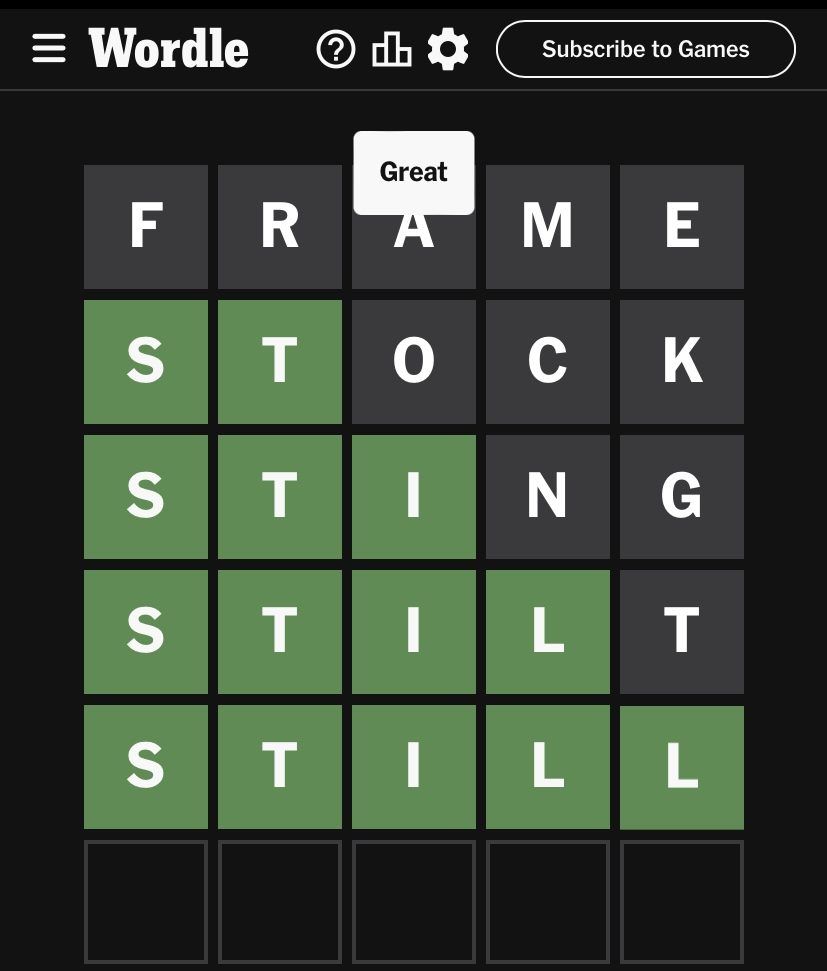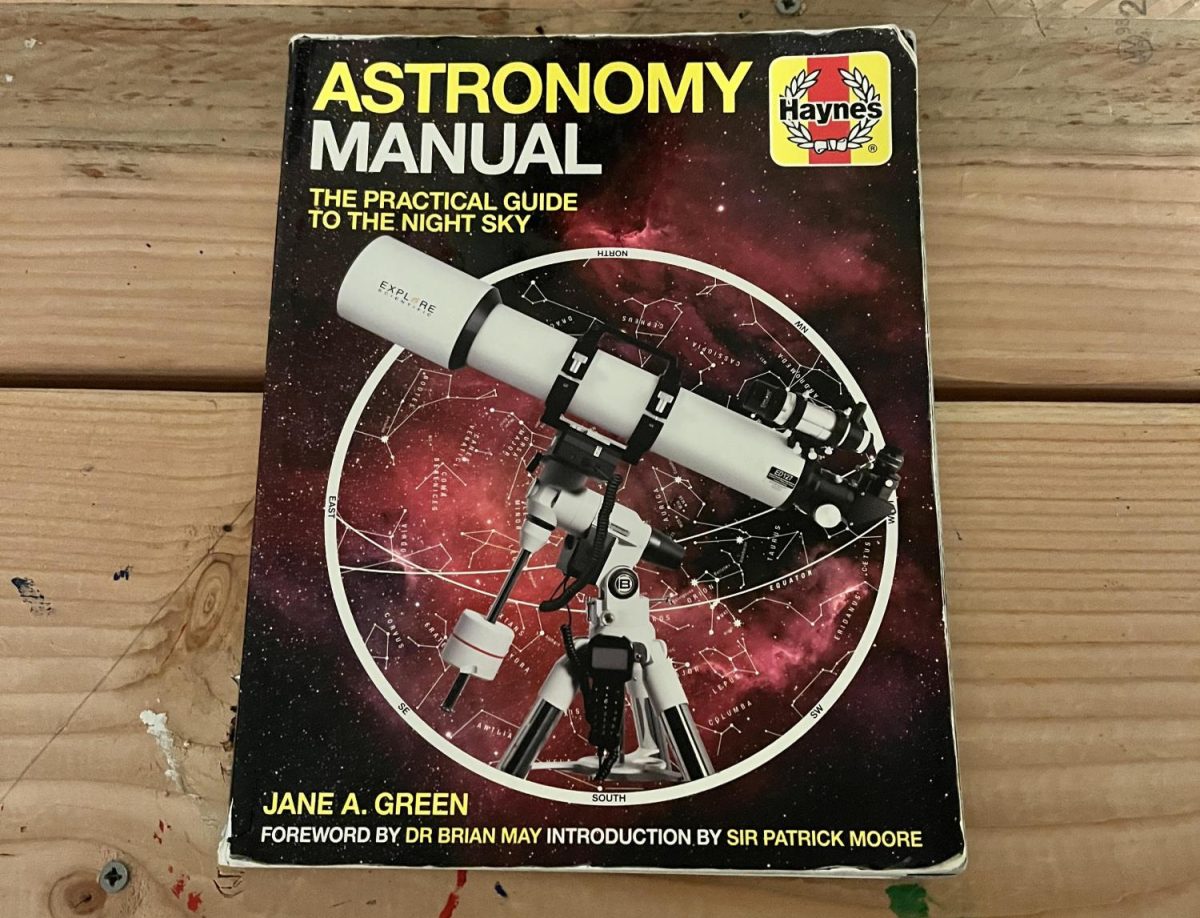The New York Times word games, a pastime once beloved distinctly by grandparents, has effectively made its way into the hearts of American teenagers. Wordle, Connections, and the Crossword have now infiltrated the daily routines of highschoolers, and Woodgrove’s students are certainly no exception. Forbes reports that 1 in 3 people in the United States play Wordle daily, and it seems to be a habit that is here to stay.
The initial word games craze came almost two years ago in January 2022, around the time The New York Times bought Wordle from its creator, Josh Wardle. Wordle allows users six chances to guess a five letter word, with letters appearing in different colors depending on their presence and placement in the daily word. The number of players skyrocketed by the thousands in just a matter of days. Naturally, the internet caught on to this. Soon, the website became populated mainly by millennials, with Gen Z and baby boomers also partaking in this daily ritual. The excitement spread to a few of The New York Times’ lesser known word games, including Spelling Bee and Mini Crossword, which are both available for free on their website. A recent addition to the family is Connections, a game of 16 words that must be grouped into four categories.
In a poll by The Outlander, respondents overwhelmingly reported Wordle as the most popular The New York Times game among Woodgrove’s student body. This is an unsurprising statistic considering the amount of success Wordle has generated since 2022. Though not technically a word game, Vertex reported the least amount of players, with only 3.2% of votes. Other than Wordle, Connections, Mini Crossword, and Crossword gained the greatest popularity while Spelling Bee and Letterboxed fell behind in votes.
In terms of how often Woodgrove students play these word games, many students fell among the “often” and “sometimes” categories. However, only 16.1% identified themselves as daily players. Most students view these word games as fun hobbies, without a heavily competitive aspect to them. This recent interest has only been further supported by the popularity of The New York Times’ app as an alternative to the word games offered in their physical print issues. Enjoyers of Wordle and Crossword can easily access these games online or in app without having to subscribe or wait for a new copy in the mail. The New York Times word games have transcended past their outdated status and have gained new-found popularity with younger generations.









